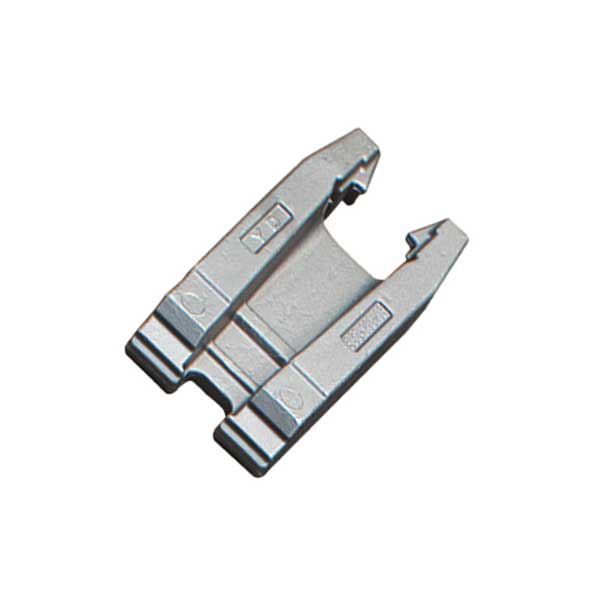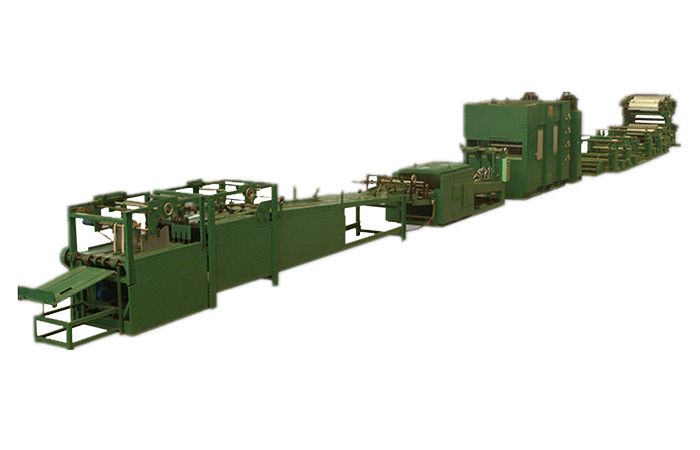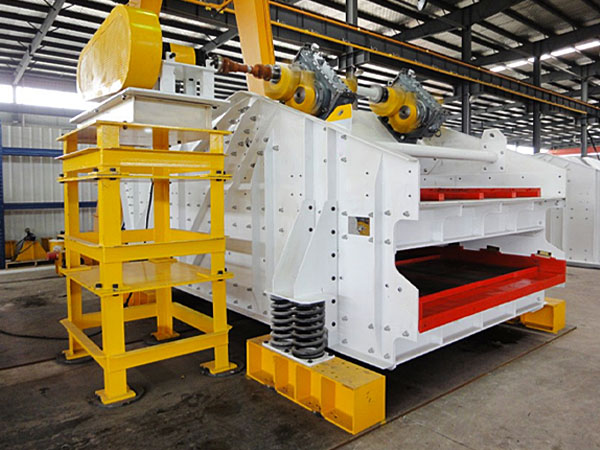Application of coal centrifuge in coal industry
With the development of clean coal technology, the coal slime water process in coal preparation plants shall be limited by 0.5mm to determine the classification of coal slime. In order to meet the needs of the market, especially the requirements for dehydration of coal slime with particle size of 2~0.5mm in the separation process segmentation , it is necessary to develop a new type of centrifuge.
In this way, the coal can be recovered to the maximum extent, thereby improving the recovery rate of clean coal, improving the economic benefits of coal preparation enterprises, protecting the environment, and saving energy. Such a centrifuge product has a large processing capacity and low product moisture, which greatly reduces the burden on the coal slime water treatment system, achieves good results, and can simplify the coal slime water treatment process.
The centrifuge machine developed this time is mainly used for the dehydration of 2~0.5mm fine coal. The coal centrifuge has the characteristics of small investment, small system transformation, and good process effect. It will become the first choice for the transformation of old plants and new coal preparation plants. , due to the small particle size of the separated solid particles, it can not only be used in the coal preparation industry, but also suitable for solid-liquid separation in the chemical, pharmaceutical, food and environmental protection industries, with good business and social prospects!
The separation and dehydration of coal centrifuge is to use gravity, mechanical force or heating and drying methods to separate solids and liquids to reduce the moisture content of wet materials. The use of wet dehydration operation is an important part of coal preparation in coal preparation plants. The main purpose of coal centrifuge dehydration separation is:

(1) Reduce the moisture in coal preparation products to ensure the transportation needs. In coal preparation plants, the comprehensive moisture content of various clean coals is generally required to reach 8% to 10%, and the requirement in alpine regions is below 8%. Wet coal preparation will contain a lot of moisture. If coking coal is used for coal preparation, the coal moisture will be high, not only the coking time will be longer, the production volume will be reduced, the amount of gas used for the coke oven will be larger, and the service life will be shortened.
(2) Wash and reuse to save water. Wet coal preparation consumes a lot of water. Under normal circumstances, the jig machine uses 3 tons of water for processing 1 ton of raw coal; 1 ton of raw coal uses 0.7 tons of water, and 1 ton of fine coal requires about 1.2 to 2.0 tons of water, so our water resources will cause a lot of waste.
In addition, before wind coal preparation, if the coal contains a lot of water, it needs to be dehydrated first. Coal separation and dehydration methods include: gravity dehydration, mechanical dehydration, thermal dehydration, physical chemistry, etc. Several commonly used methods are: gravity dehydration, mechanical centrifugal dehydration and thermal heating dehydration. In the coal preparation plant, the dehydration of coal is carried out in stages.
…
Click to visit for details:https://www.hsd-industry.com/products/coal-centrifuge/









